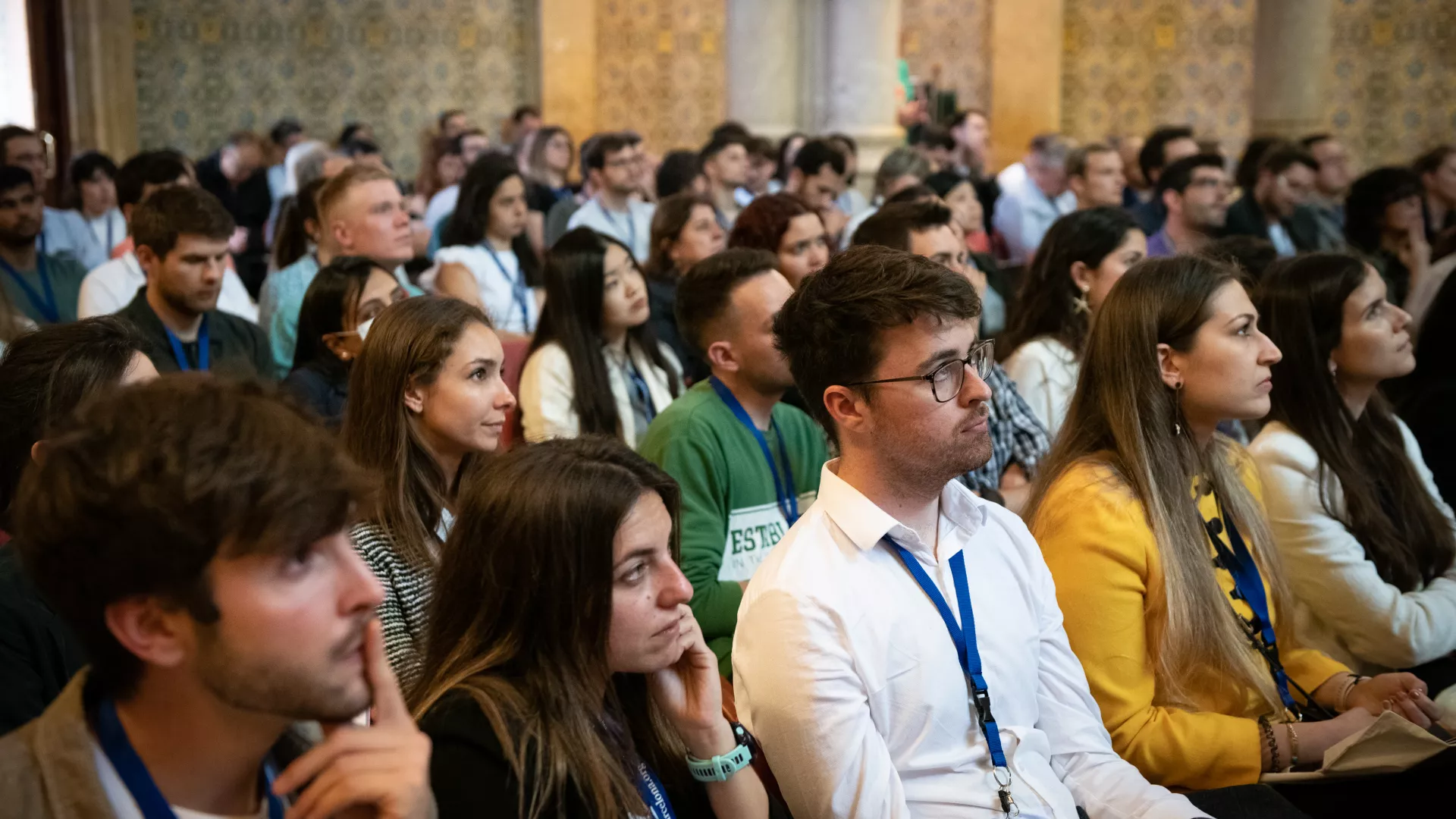Speaker: Dr Samir Merabet, Team leader. Institut de génomique fonctionnelle de Lyon, CNRS/ENS Lyon, France.
Presentation
Organizers: IRB Barcelona
Date: Friday 13th April 2018, 12.00h
Place: Aula Fèlix Serratosa, Parc Científic de Barcelona, Spain
Host: Jordi Casanova - IRB Barcelona, IBMB-CSIC
Abstract
Key regulatory transcription factors (TFs) are known to achieve cell-specific functions by interacting with numerous surrounding proteins also called cofactors. These molecular contacts form intricate networks that are different from cell to cell, makingtheir identification challenging by classical proteomics approaches.
Our laboratory is tackling this issue by using HOX proteins as a model system. HOX proteins are evolutionary conserved TFs that control numerous developmental processes during embryonic development. They are also involved in several cancers and leukaemia in human. Because of these various functions in different tissues, HOX proteins are supposed to interact with a number of transcriptional partners. Surprisingly, very few such interactions have been characterized so far, highlighting the need of developing alternative and more sensitive approaches to capture cell-specific interaction networks of HOX proteins.
Over the last years, our laboratory has extensively used in different animal organisms an imaging method called Bimolecular Fluorescence Complementation (BiFC). I will describe how the application of BiFC in the live Drosophila embryo led to revisit the role of short peptide motifs in HOX interaction networks. I will also describe a recently deposited patent that allows screening thousands of protein-protein interactions in different live cancer cells. This last achievement opens new perspectives for capturing interactions that could promote or inversely inhibit the activity of oncogenic proteins in different cancer cell types.
Plenary Seminar

